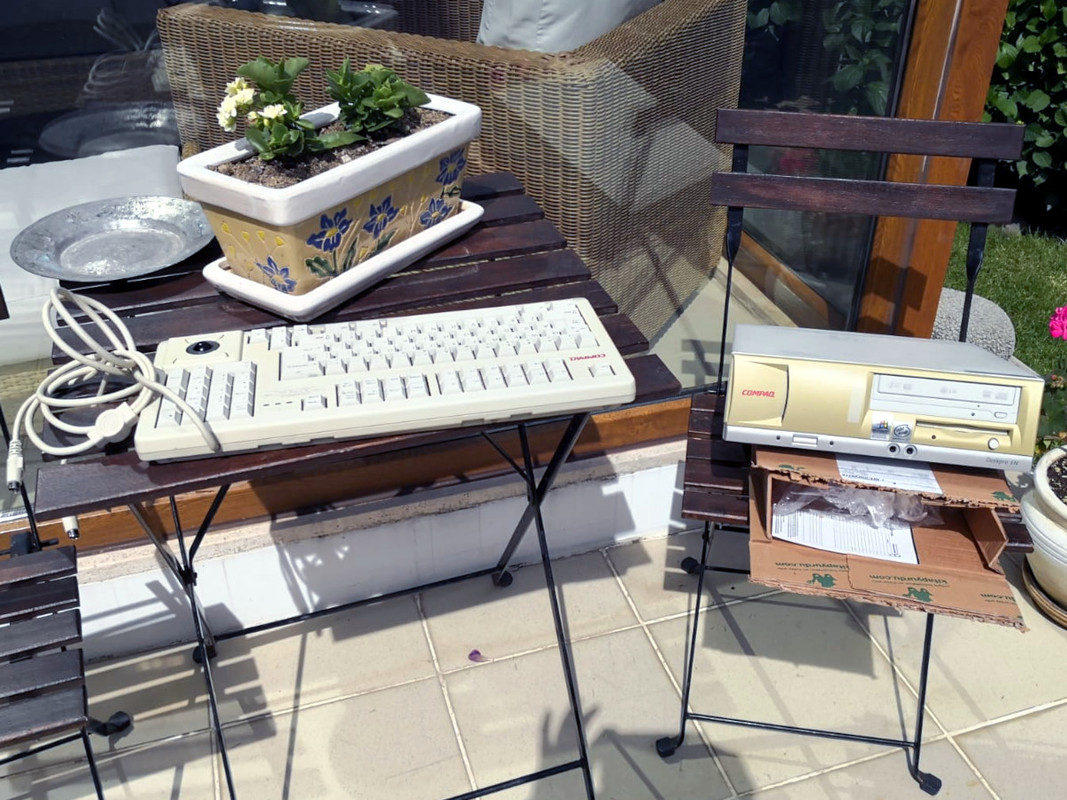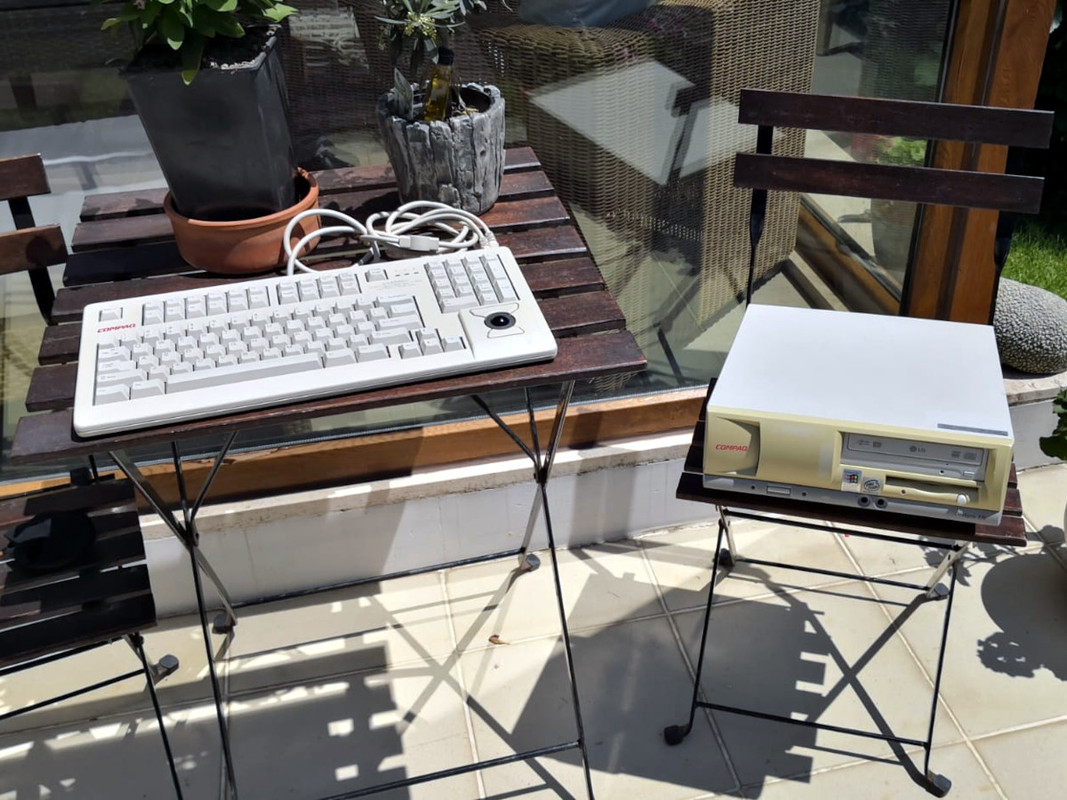I also disagree with xjas. Brittleness is caused by material degradation on a molecular level, due to temperature. Overtime what really is happening is the molecules in the plastic do to degradation become to short or too long.
This has nothing to do with UV light, it is caused by temperature change and age. Brittleness could be caused by to much exposure to heat but not UV, can also be cause by to much exposure to cold, or too much fluxuation between heat and cold overtime.
If anything getting the plastic really hot in the sun might help it.
It is a misconception that the brittleness is dry rot like in rubber, which is caused by Microorganisms and UV light. It's not dry rot and compounded by dryness. Rubber is an elastomer
ABS is a thermoplastic and can be heated to its melting point, cooled, and re-heated again without significant degradation. Rubber on the other hand is an elastomer very different molecular and chemical substance than the old ABS plastic used in vintage computers.
Proof in concept abs welding using a heating iron is a thing, as well as abs plastic welding using acetone. neither one of these things weaken the abs in contrary both return the abs plastic back to its original molecular level.
In contrast if you heated rubber like this it would molecularity change this is why drag racers burn out their tires for more traction before a race. Because the molecular properties of racing slicks perform better at higher temperatures. The heat causes the molecular chains to expand creating more traction.
In the case of rubber it doesn't return back to it's original composition it gets stretched out after time which then UV light and microorganisms will cause dry rot.



